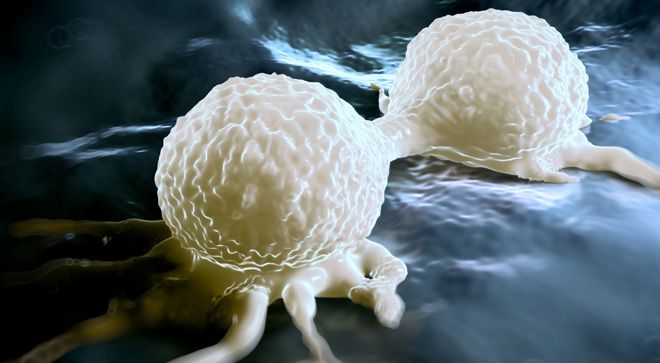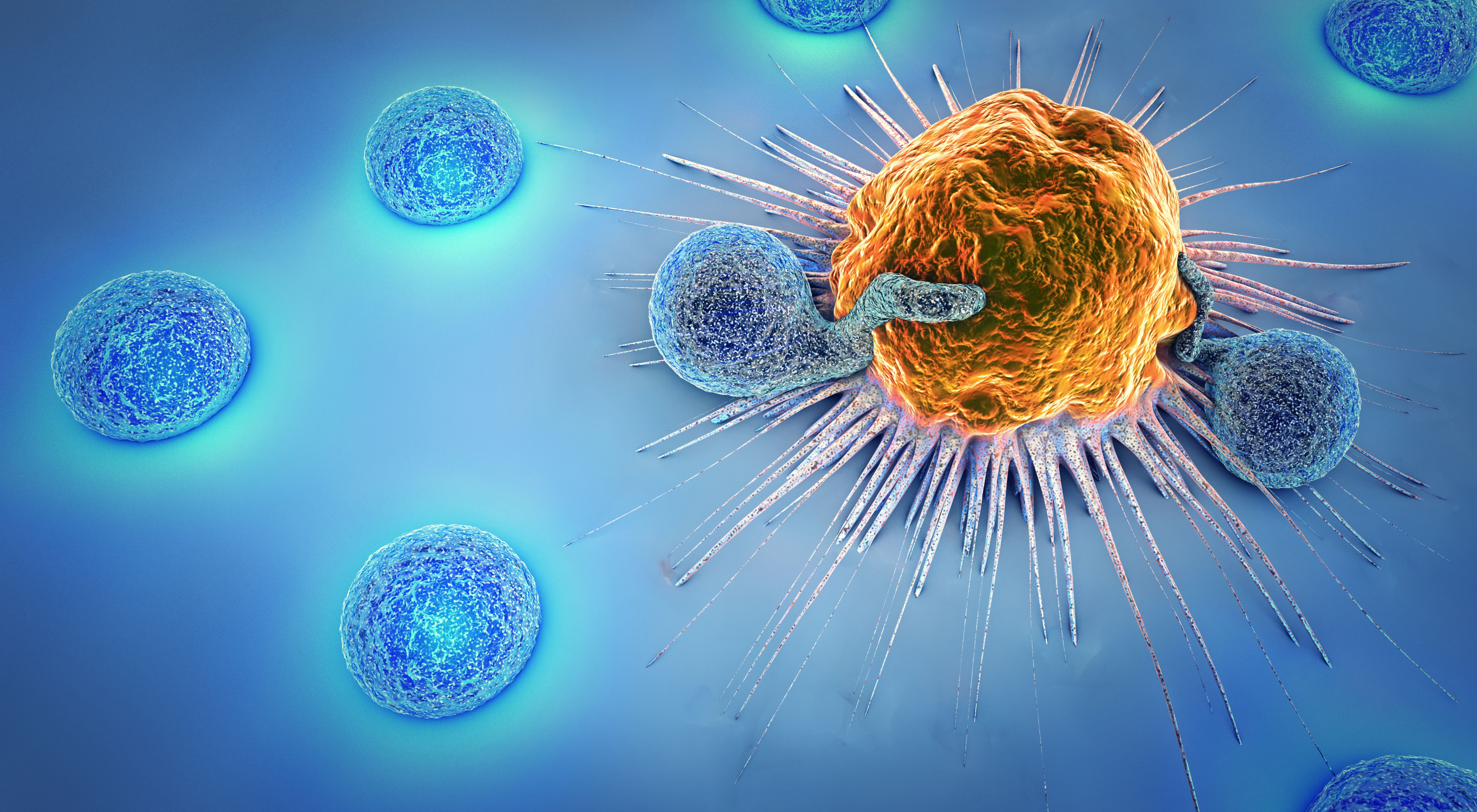Video
What's Included in the Diagnosis and Staging of CLL?
Transcript:
Harry P. Erba, M.D., Ph.D.: Ian, is there any other information that you needed about how the diagnosis was made or work-up? It’s leukemia, did he need a bone marrow biopsy to be done? Was there a CT [computed tomography] scan of his belly? All those things, including lymph node biopsies.
Ian W. Flinn, M.D., Ph.D.: In general, no. There was an era when we did bone marrow biopsies on everybody. Nowadays I don’t really think that’s necessary for most patients. We can make the diagnosis from the peripheral blood. There are sophisticated techniques, flow cytometry, to characterize the cells. There are a bunch of prognostic factors that we now obtain to help us understand what an individual’s risk of progression is, sooner or slower than others. They can be done from the peripheral blood. That’s using FISH [fluorescence in situ hybridization], looking at mutational status of the hemoglobin heavy chain. Now we’re doing next-generation sequencing, where we’re looking at individual genes within the cells to individualize therapy and to understand a patient’s risk. And that can all be done from the peripheral blood.
In general, outside of clinical trials, it’s not really necessary to do CT scans unless someone’s having symptoms or you’re worried about a large lymph node or there’s pain someplace, and you’re trying to evaluate that. That probably doesn’t need to be done very often. And I really don’t do biopsies of lymph nodes either, because all the information you’re going to get from that lymph node biopsy really can be obtained from the peripheral blood. So, unless there’s a specific reason, a symptom that someone is having that’s different in one group of lymph nodes versus the other, then it’s generally not very productive to biopsy.
Harry P. Erba, M.D., Ph.D.: One of the questions that you’ll see listed in the American Cancer Society for our patients with cancer to ask their physician is, what stage do I have? And I always point out to my patients that staging in leukemias is quite different, because if we use the lung cancer or breast cancer staging, everyone would have stage 4 because it’s throughout the blood and marrow. But we use different staging here. How do patients typically present and what are the stages?
Ian W. Flinn, M.D., Ph.D.: In the United States we generally use the Rai staging system, it has some very easy clinical parameters. As you mentioned, unlike solid tumors where it makes a difference where the malignancy is, this is a blood cancer. It’s throughout out body, and so that kind of staging system doesn’t work. But we’re looking at whether someone has lymph nodes that are enlarged; whether someone’s spleen is enlarged; whether someone’s anemic; or whether someone’s thrombocytopenic, meaning a low platelet count; or whether they just have an elevated white blood cell count. Those are basically the five stages of chronic lymphocytic leukemia. Of course, the platelets being the more advanced and patients without any lymph node involvement—just an elevated white blood cell count—is the lowest stage.
I think most patients present with early stage disease. They’re going to present with stage 0 or 1 disease, meaning they have just an elevated white blood cell count or maybe some lymph node involvement. And I think the other thing to point out is that the staging system is really important, but nowadays what’s more important are some of these other prognostic factors. Within the malignant cells, we’re looking at what’s happened to the chromosomes or what’s happened to some of the genes. That turns out to be in the long run probably more important prognostically than even the clinical stages.
Harry P. Erba, M.D., Ph.D.: Lisa, how was it for you, Nathan going through these evaluations, doctor after doctor after doctor; three doctors, right?
Lisa Ferguson: Yes, three doctors. It was very emotional for me. When he saw his white blood cell count and he called me, I was at work. I work almost an hour away. We had been talking about this before that appointment, so I knew something was going on. I certainly didn’t think it was cancer. So it was devastating for me emotionally because initially, I thought, “OK, are you going to die? Am I going to have raise our children myself?” And so, I wasn’t a fan of the first provider. I liked both the second provider and Dr. Flinn. I thought that they presented everything in a way that was understandable, such that I got it. I’m not a medical professional and Nathan is. I appreciated that, and I think that both of them have very calm natures, which was helpful to me because I was feeling very chaotic inside.
It was just a very emotional time. I was trying to keep it together on the outside and be productive at work, and still make sure our kids had everything that they needed. By the time we saw Dr. Flinn, that was three months into his diagnosis. We had calmed down a little bit. We had a little better handle on what was going on. But yes, it was emotionally very difficult.
Transcript Edited for Clarity




